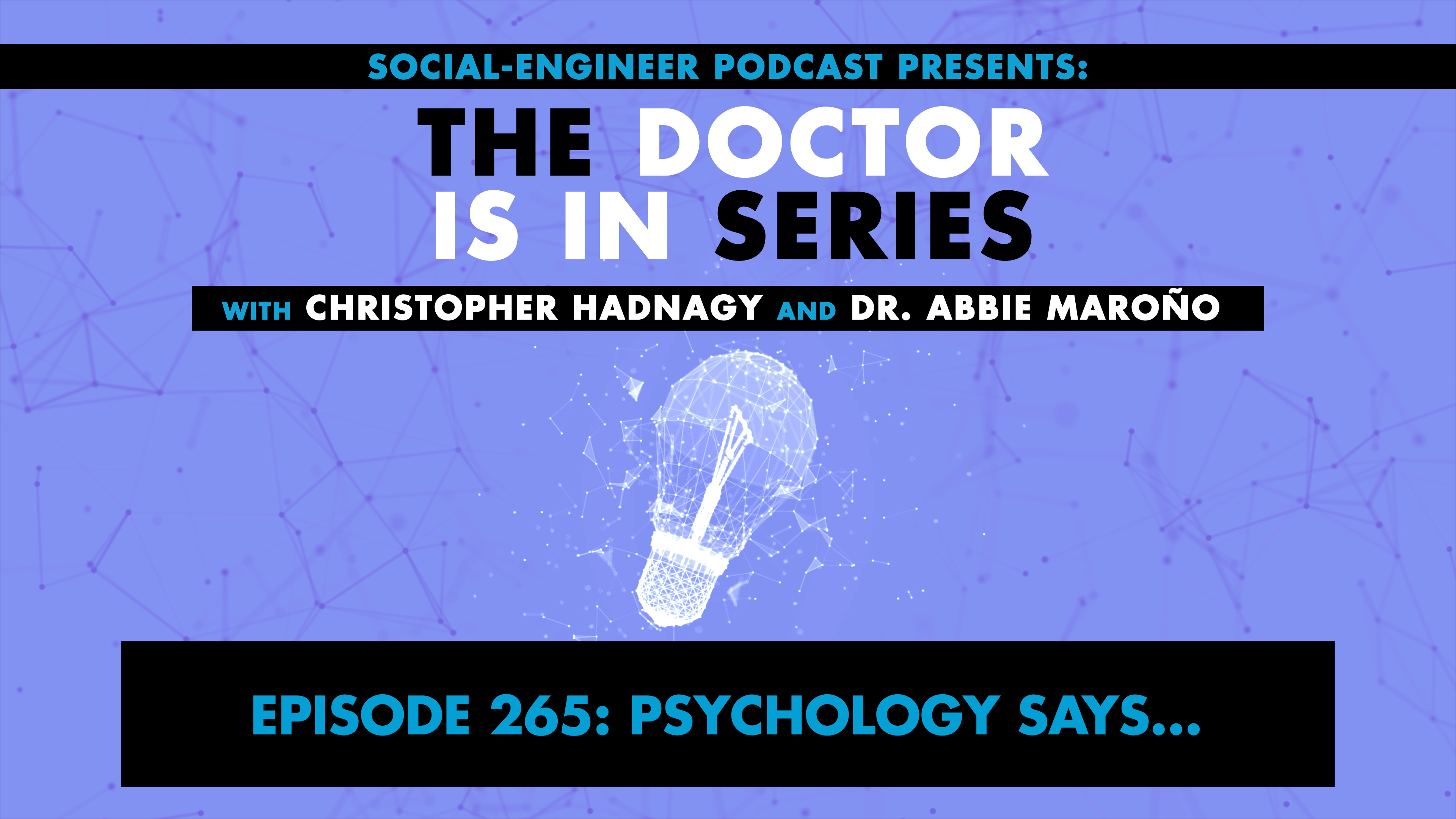- Science
- Social Sciences
- SEE MORE
- classical
- general
- talk
- News
- Family
- Bürgerfunk
- pop
- Islam
- soul
- jazz
- Comedy
- humor
- wissenschaft
- opera
- baroque
- gesellschaft
- theater
- Local
- alternative
- electro
- rock
- rap
- lifestyle
- Music
- como
- RNE
- ballads
- greek
- Buddhism
- deportes
- christian
- Technology
- piano
- djs
- Dance
- dutch
- flamenco
- social
- hope
- christian rock
- academia
- afrique
- Business
- musique
- ελληνική-μουσική
- religion
- World radio
- Zarzuela
- travel
- World
- NFL
- media
- Art
- public
- Sports
- Gospel
- st.
- baptist
- Leisure
- Kids & Family
- musical
- club
- Culture
- Health & Fitness
- True Crime
- Fiction
- children
- Society & Culture
- TV & Film
- gold
- kunst
- música
- gay
- Natural
- a
- francais
- bach
- economics
- kultur
- evangelical
- tech
- Opinion
- Government
- gaming
- College
- technik
- History
- Jesus
- Health
- movies
- radio
- services
- Church
- podcast
- Education
- international
- Transportation
- Other
- kids
- podcasts
- philadelphia
- Noticias
- love
- sport
- Salud
- film
- and
- 4chan
- Disco
- Stories
- fashion
- Arts
- interviews
- hardstyle
- entertainment
- humour
- medieval
- literature
- alma
- Cultura
- video
- TV
- Science
- en
Ep. 265 - The Doctor Is In Series - Psychology Says...

Welcome to the Social-Engineer Podcast: The Doctor Is In Series \u2013 where we will discuss understandings and developments in the field of psychology.
\xa0
In today\u2019s episode, Chris and Abbie are discussing Psychological Myths. They will talk about some of the most pervasive myths in our society and how you can separate fact from fiction. [July 1, 2024]
\xa0
00:00 - Intro
00:17 - Dr. Abbie Maro\xf1o Intro
00:41 - Intro Links
-\xa0\xa0\xa0\xa0\xa0\xa0\xa0\xa0\xa0 Social-Engineer.com\xa0- http://www.social-engineer.com/
-\xa0\xa0\xa0\xa0\xa0\xa0\xa0\xa0\xa0 Managed Voice Phishing\xa0- https://www.social-engineer.com/services/vishing-service/
-\xa0\xa0\xa0\xa0\xa0\xa0\xa0\xa0\xa0 Managed Email Phishing\xa0- https://www.social-engineer.com/services/se-phishing-service/
-\xa0\xa0\xa0\xa0\xa0\xa0\xa0\xa0\xa0 Adversarial\xa0Simulations\xa0- https://www.social-engineer.com/services/social-engineering-penetration-test/
-\xa0\xa0\xa0\xa0\xa0\xa0\xa0\xa0\xa0 Social-Engineer channel on SLACK\xa0- https://social-engineering-hq.slack.com/ssb
-\xa0\xa0\xa0\xa0\xa0\xa0\xa0\xa0\xa0 CLUTCH\xa0- http://www.pro-rock.com/
-\xa0\xa0\xa0\xa0\xa0\xa0\xa0\xa0\xa0 innocentlivesfoundation.org\xa0- http://www.innocentlivesfoundation.org/\xa0\xa0\xa0\xa0\xa0\xa0\xa0\xa0\xa0\xa0\xa0\xa0\xa0\xa0 \xa0\xa0\xa0\xa0\xa0\xa0\xa0\xa0\xa0\xa0\xa0\xa0\xa0\xa0\xa0\xa0\xa0\xa0\xa0\xa0\xa0\xa0\xa0\xa0\xa0\xa0\xa0\xa0\xa0
03:54 - The Topic of the Day: Psychological Myths
05:05 - Consider the Source
06:45 - Too Good To Be True?
09:43 - Myth 1: Reading Minds
11:45 - Myth 2: 10%
14:36 - Myth 3: Left vs Right Brained
18:11 - Myth 4: Venting Anger for Calmness
23:02 - Myth 5: Hypnosis Unlimited
31:05 - Myth 6: Perfect Memory
37:12 - Question Everything
39:02 - Next Month: Self-Sabotage
39:47 - Wrap Up & Outro\xa0\xa0\xa0\xa0\xa0\xa0\xa0\xa0\xa0\xa0\xa0\xa0\xa0\xa0\xa0\xa0\xa0\xa0\xa0\xa0\xa0\xa0\xa0\xa0\xa0\xa0\xa0 \xa0\xa0\xa0\xa0\xa0\xa0\xa0\xa0\xa0\xa0\xa0\xa0\xa0\xa0 \xa0\xa0\xa0\xa0\xa0\xa0\xa0\xa0\xa0\xa0\xa0\xa0\xa0\xa0\xa0\xa0\xa0\xa0\xa0\xa0\xa0\xa0\xa0\xa0\xa0\xa0\xa0\xa0\xa0
-\xa0\xa0\xa0\xa0\xa0\xa0\xa0\xa0\xa0 Work in Progress - Dr. Abbie Maro\xf1o
-\xa0\xa0\xa0\xa0\xa0\xa0\xa0\xa0\xa0 www.social-engineer.com
-\xa0\xa0\xa0\xa0\xa0\xa0\xa0\xa0\xa0 www.innocentlivesfoundation.org
\xa0
Find us online:
-\xa0\xa0\xa0\xa0\xa0\xa0\xa0\xa0\xa0 Twitter: @DrAbbieofficial
-\xa0\xa0\xa0\xa0\xa0\xa0\xa0\xa0\xa0 LinkedIn: linkedin.com/in/dr-abbie-maro\xf1o-phd
-\xa0\xa0\xa0\xa0\xa0\xa0\xa0\xa0\xa0 Instagram: @DoctorAbbieofficial
-\xa0\xa0\xa0\xa0\xa0\xa0\xa0\xa0\xa0 Twitter: @humanhacker
-\xa0\xa0\xa0\xa0\xa0\xa0\xa0\xa0\xa0 LinkedIn: linkedin.com/in/christopherhadnagy
\xa0
\xa0
References:
Beyerstein, B. L. (1999). Whence cometh the myth that we only use 10% of our brains? In S. Della Sala (Ed.), Mind Myths: Exploring Popular Assumptions About the Mind and Brain (pp. 3-24). John Wiley & Sons.
Bushman, B. J. (2002). Does venting anger feed or extinguish the flame? Catharsis, rumination, distraction, anger, and aggressive responding. Personality and Social Psychology Bulletin, 28(6), 724-731. This study found that venting anger actually increases aggressive behavior and does not diminish anger.
Derbyshire, S. W., Whalley, M. G., & Oakley, D. A. (2009). Fibromyalgia pain and its modulation by hypnotic and non-hypnotic suggestion: An fMRI analysis. European Journal of Pain, 13(5), 542-550.
Horton, J. E., Crawford, H. J., Harrington, G., & Downs, J. H. (2004). Increased anterior corpus callosum size associated positively with hypnotizability and the ability to control pain. Brain: A Journal of Neurology, 127(Pt 8), 1741-1747.
Jensen, M. P., Adachi, T., & Hakimian, S. (2015). Brain Oscillations, Hypnosis, and Hypnotizability. American Journal of Clinical Hypnosis, 57(3), 230-253.
Kirsch, I. (1997). Suggestibility or Hypnosis: What Do Our Scales Really Measure? The International Journal of Clinical and Experimental Hypnosis, 45(3), 212-225.
Lilienfeld, S. O., Lynn, S. J., Ruscio, J., & Beyerstein, B. L. (2010). 50 Great Myths of Popular Psychology: Shattering Widespread Misconceptions about Human Behavior. Wiley-Blackwell.
Loftus, E. F., & Palmer, J. C. (1974). Reconstruction of automobile destruction: An example of the interaction between language and memory. Journal of Verbal Learning and Verbal Behavior, 13(5), 585-589. doi:10.1016/S0022-5371(74)80011-3
Loftus, E. F., & Pickrell, J. E. (1995). The formation of false memories. Psychiatric Annals, 25(12), 720-725. doi:10.3928/0048-5713-19951201-07
Lohr, J. M., Olatunji, B. O., Baumeister, R. F., & Bushman, B. J. (2007). The psychology of anger venting and empirically supported alternatives that do no harm. Scientific Review of Mental Health Practice, 5(1), 53-64. This review challenges the catharsis hypothesis, providing evidence that venting may be harmful and not helpful.
McGeown, W. J., Mazzoni, G., Venneri, A., & Kirsch, I. (2009). Hypnotic induction decreases anterior default mode activity. Consciousness and Cognition, 18(4), 848-855.
Nielsen, J. A., Zielinski, B. A., Ferguson, M. A., Lainhart, J. E., & Anderson, J. S. (2013). An evaluation of the left-brain vs. right-brain hypothesis with resting state functional connectivity magnetic resonance imaging. PLOS ONE, 8(8), e71275.
Oakley, D. A., & Halligan, P. W. (2017). Hypnotic suggestion and cognitive neuroscience. Trends in Cognitive Sciences, 21(6), 406-416.
Raij, T. T., Numminen, J., Narvanen, S., Hiltunen, J., & Hari, R. (2005). Brain correlates of subjective reality of physically and psychologically induced pain. Proceedings of the National Academy of Sciences, 102(6), 2147-2151.
Schacter, D. L. (1996). Searching for memory: The brain, the mind, and the past. New York, NY: Basic Books.
Schacter, D. L. (2001). The seven sins of memory: How the mind forgets and remembers. Boston, MA: Houghton Mifflin.
Tavris, C. (1989). Anger: The misunderstood emotion. New York: Simon and Schuster. Tavris' work discusses the misconceptions surrounding anger, including the myth of cathartic expression.